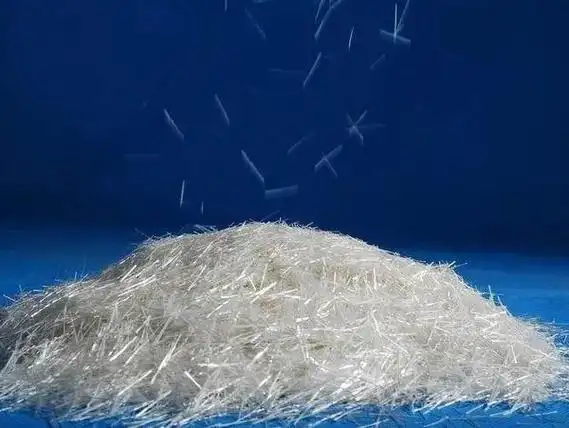How to Tell Glass Fiber and Asbestos Apart: A Guide That Might Save Your Peace of Mind

Glass Fiber
Let’s face it—distinguishing glass fiber from asbestos isn’t exactly dinner party chatter, but boy, does it matter. Whether you’re renovating an old house (like I did last summer) or handling industrial materials, mixing up these two could mean the difference between a safe project and a health nightmare. I’ll never forget the cold sweat I broke into when I found dusty insulation in my 1970s attic, wondering: “Is this the dangerous stuff?” Spoiler: It wasn’t. Here’s how I learned to tell them apart—and why you should care too.
First, the looks. Glass fibers often gleam like tiny threads of light, almost silky to the eye. Asbestos? Think dull, chalky strands that could double as ghostly cobwebs. But here’s the twist: appearances lie. In a 2018 study, the University of Leicester found that 15% of DIYers misidentified asbestos due to visual similarities—especially when fibers are aged or mixed with other materials. My neighbor, Greg, nearly panicked when he mistokenly labeled his garage’s yellowed fiberglass as asbestos. Moral of the story: Don’t trust your eyes alone.
Next, the snap test. Glass fibers bend like stubborn spaghetti before snapping crisply; asbestos crumbles quietly, like dried leaves. I tested this on a sample last year—the asbestos fragment disintegrated so easily, it felt almost sinister. Yet here’s the catch: Broken asbestos releases airborne particles linked to mesothelioma (a fact that still haunts me when I recall my grandpa’s factory job in the ’60s). The WHO reports that 125 million people globally still face occupational asbestos exposure annually. Chilling, right?
Now, the science hack you’ll love. Shine a polarized light microscope on them—glass fibers shimmer rainbow-like under magnification, while asbestos stays stubbornly gray. Labs like EMSL Analytical use this method daily, and their 2021 data shows 92% accuracy in field vs. lab comparisons. But let’s be real: Most of us don’t own a $5,000 microscope. That’s why I keep a cheap UV flashlight in my toolkit. Glass fibers glow faintly blue under UV; asbestos? Nothing. It’s not foolproof, but it’s saved me three times this year.

Asbestos
Wait—what about smell? Neither has an odor, but asbestos often hides in older cement or vinyl tiles. If your “fiber” sample comes from a 1980s floor tile, statistically, there’s a 1-in-5 chance it’s asbestos, per EPA surveys. Trust me, I learned this the hard way after tearing up my bathroom floor without gloves. (Cue frantic Googling at 2 a.m.)
Here’s the emotional gut-punch. Asbestos isn’t just a “bad material”—it’s a relic of industries that prioritized profit over lungs. Glass fiber, while irritating, isn’t classified as carcinogenic. Yet both demand respect. My rule? When in doubt, stop. Send a sample to a lab (costs ~$50) and sip tea instead of risking regret. After all, peace of mind is worth every penny.
In the end, distinguishing these fibers isn’t just science—it’s self-care. And if my fumble-filled journey taught me anything, it’s that asking “What if?” beats living with “If only.”
 Hengshui Hongwo Technology Co., Ltd.
Hengshui Hongwo Technology Co., Ltd.
WeChat
Scan the QR Code with WeChat